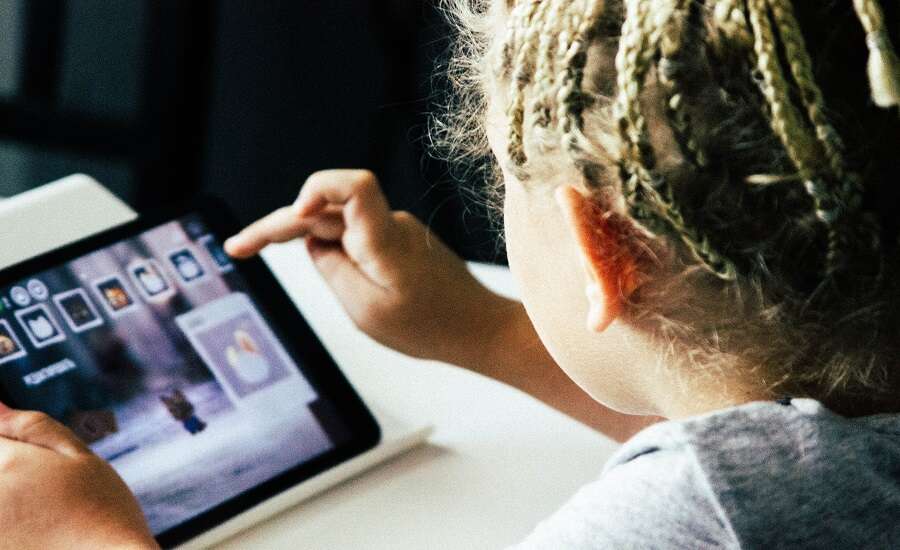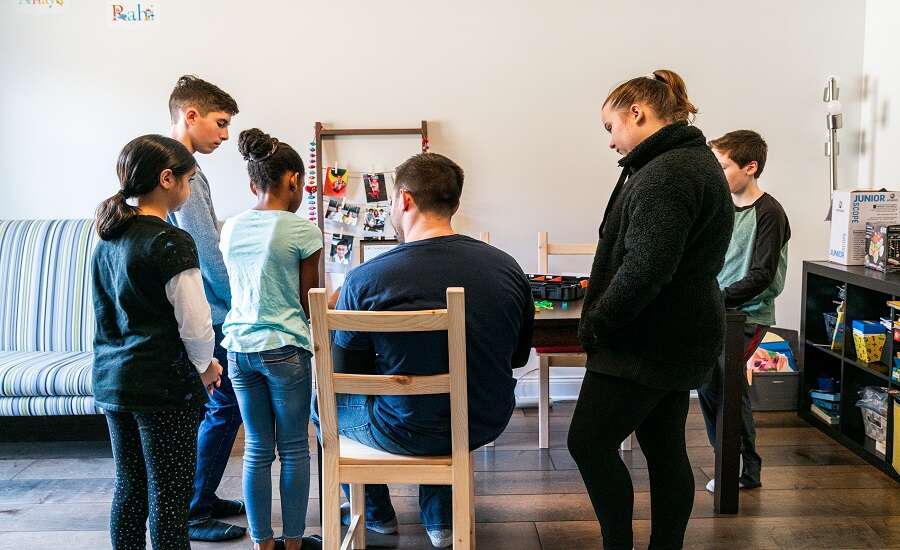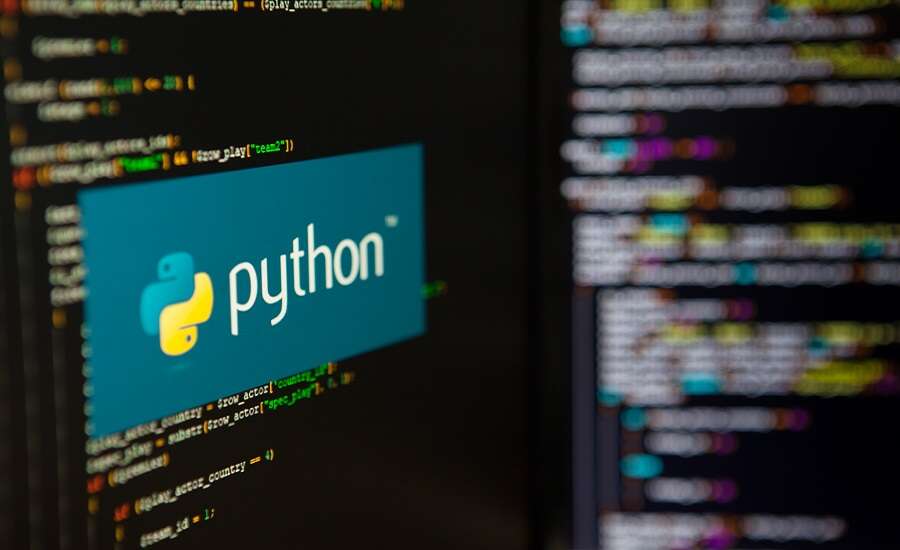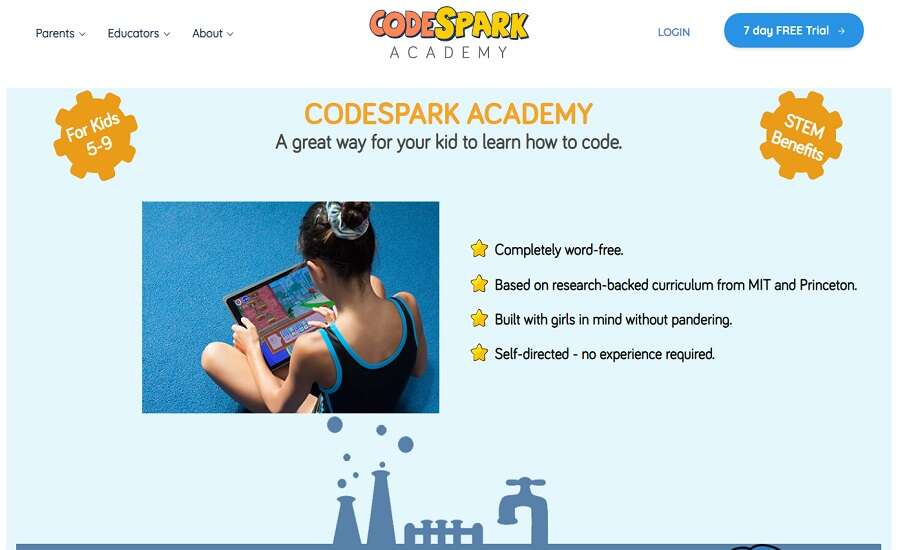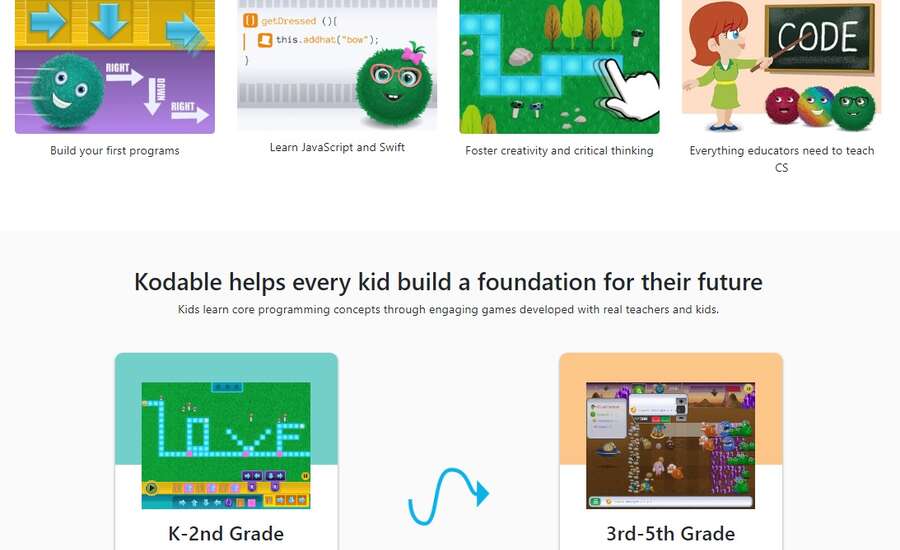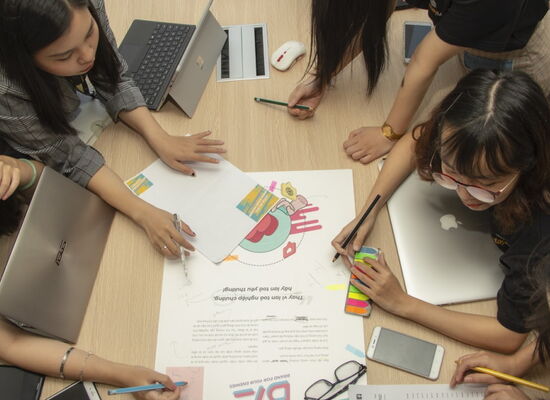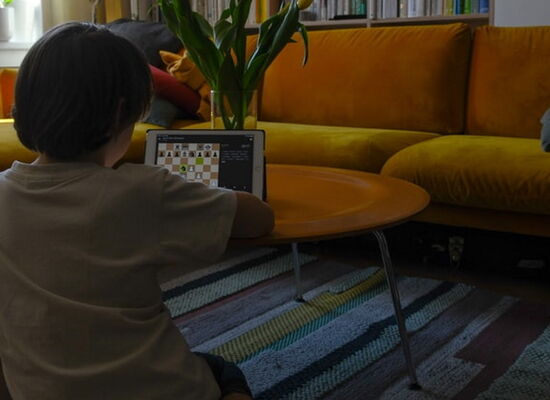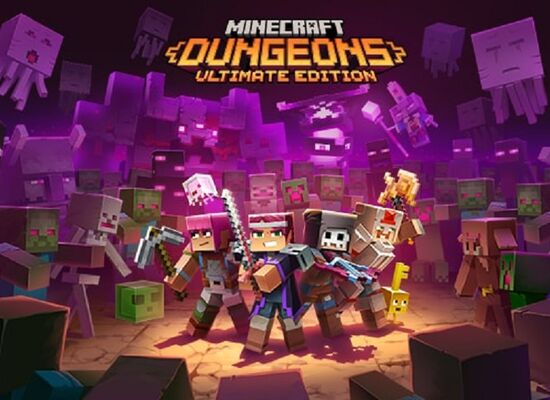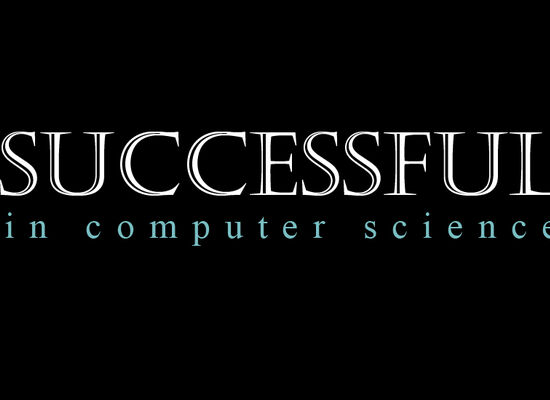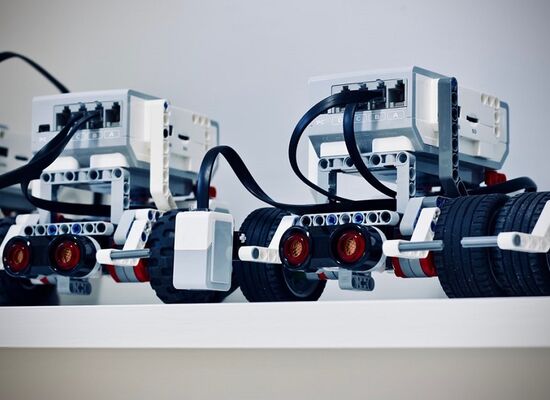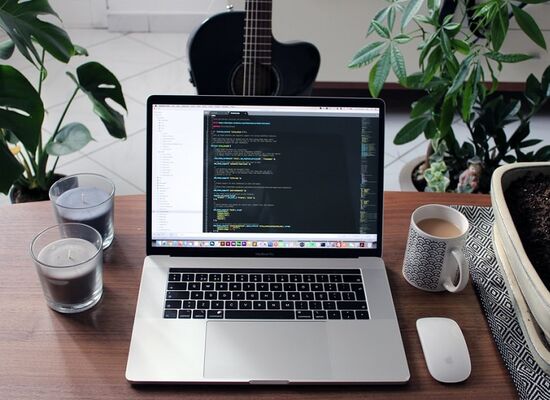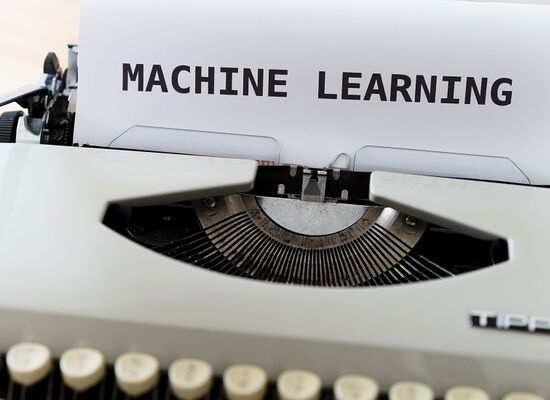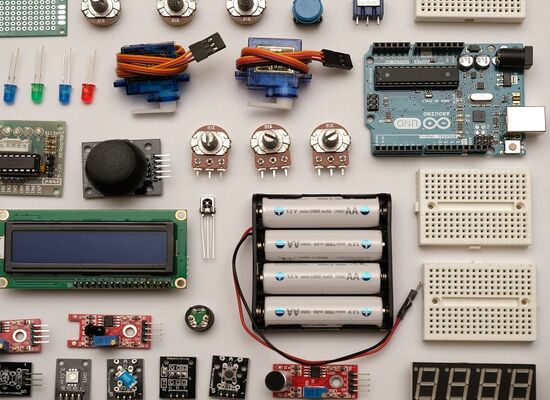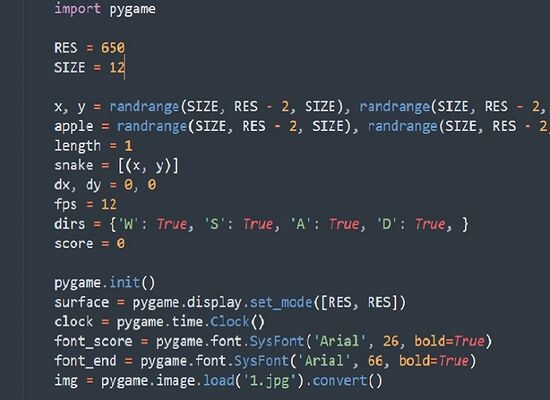Coding for Elementary School Students
19 March, 2021
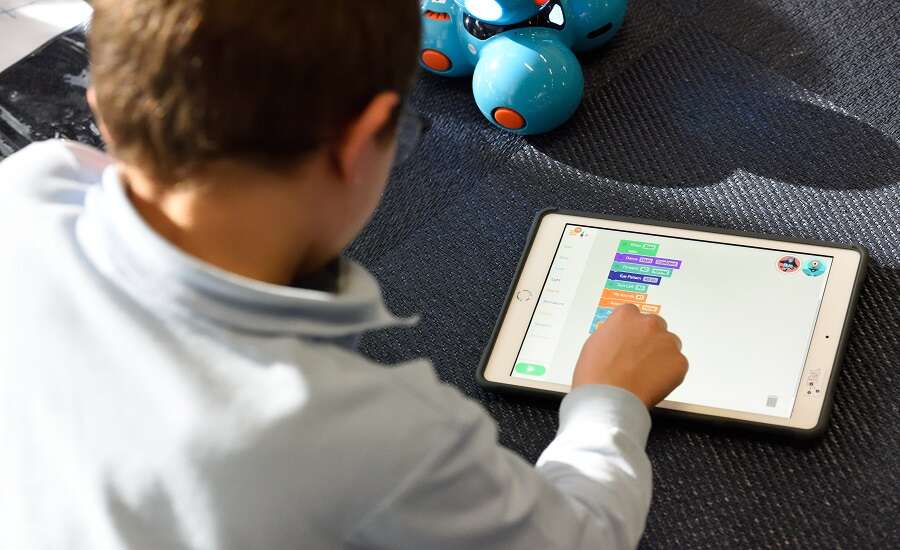
What are the benefits of learning to code for elementary students?
- Kids who study computer science outperform their peers in other school subjects
- Coding concepts can be explained in simple terms that young kids can easily understand, giving them confidence
- Project-based coding courses allow kids to develop their knowledge in a practical way with creative and rewarding outcomes
- There are apps, platforms and languages designed specifically for elementary school kids
Coding for Elementary School Students
Schools cannot keep up with the times. Many kids only get their first taste of CS and coding when at middle or high school – but in today’s rapidly evolving digital world, this is really too late. By the time a child reaches K-5, they’ll have been exposed to literally thousands of hours of screen time through chatting to their friends on social media, gaming, watching YouTube videos, doing remote learning… The sooner they know not just how to be passive consumers of technology but to really use and understand it, the richer and more educational their screen-time will be.
Being able to understand and use technology is part of digital literacy as a whole. As children are spending increasing unsupervised time in front of screens, teaching them to be digitally literate is vital. Coding and computer science classes don’t just touch on the technical side, but explore wider topics such as staying safe online. So, how else can coding be beneficial to elementary school kids in an educational setting and beyond, and how can they learn to code?
Coding bolsters interest and achievement in other subjects
Learning to code can improve elementary students’ engagement in their school subjects across the board. A study in Florida revealed that 3rd-5th grade pupils who were introduced to computer science at this young age achieved better grades in reading, writing, maths and science, as CS helps kids to hone their problem solving, mathematical, creativity and logical reasoning skills.
What’s more, coding and CS can actually help your kids to understand their school subjects better – as well as making their learning experience more fun! Integrating STEM and coding leads to richer retainment of knowledge in both areas – whether that’s making models and simulations or building and programming robots. Coding is great for humanities subjects, too. Rather than only writing essays or reports, kids can collaborate with their classmates to create animated presentations on Scratch. And those studying a second language can code interactive flashcards to make unfamiliar vocabulary much more memorable!
Young coders should start from the very beginning
When young kids are faced with the technical terminology of coding, their eyes glaze over and their interest dwindles. But it is possible to explain the fundamental concepts of programming in an easy-to-understand way even in the first hour of instruction, using concrete real-life examples instead of solely technical terms. This can literally be as simple as going through their daily routine: getting dressed (algorithms), deciding whether to walk or get the bus depending on the weather (variables), going to school every day (loops), having certain lessons on certain days (sequences) and so on. Once the veil of confusion is removed, kids will feel more comfortable. And of course, the earlier you master confidence in a subject the earlier you set yourself on a path to success!
Project-based coding is a valuable learning experience
Project-based assignments give kids the opportunity to develop and apply their knowledge in a practical and independent way, and to work with their classmates and benefit from peer teaching. What’s more, the clear outcome of the project can be very motivating for young learners. Project-based coding lessons do exactly this: young children are not faced with reams of technical theory, but instead directly apply their learning to create fun projects like games and stories which they can share with others.
Coding languages and platforms for elementary students
Languages:
Younger elementary students can start their coding journey with Visual Programming Languages (VPLs) – otherwise known as block-based coding. No typing abilities are required and these languages are based on dragging and dropping blocks to write sequences of code. Popular VPLs include Scratch and Kodu. Older students and those who are able to type can move onto suitable text-based languages such as Python and Lua.
Apps:
For a self-guided and gamified learning experience, apps can be a fun intro to coding for kids. For example, the codeSpark Academy app which teaches 5-9 year olds core coding principles through minigames and puzzles and block-based coding tutorials. Alternatively, Kodable offers a complete K-5 coding curriculum with hundreds of activities and block and text-based languages. A downside of apps, however, is that self-directed learning is less engaging and kids get a more comprehensive understanding of coding in actual classes.
Coding classes for elementary students
At CodeAdvantage all our project-based classes are led by a live instructor. As well as in-class studying, students can access our portal which contains a review of the concepts and additional challenges that can be done between classes. Our class formats include:
- Online group classes with no more than 9 students
- 1:1 or 1:2 sessions tailored for your child individually or for them and a friend or sibling
- Learning pods with a select group of friends or family
- Virtual birthday parties
- School break camps
- Scout programs
Thanks for reading this article and if you have any questions or comments on this topic or coding and STEM in general, please feel free to contact us.
Photo by Annie Spratt, Element5 Digital, Igor Starkov, Adam Winger, stem.T4L on Unsplash
